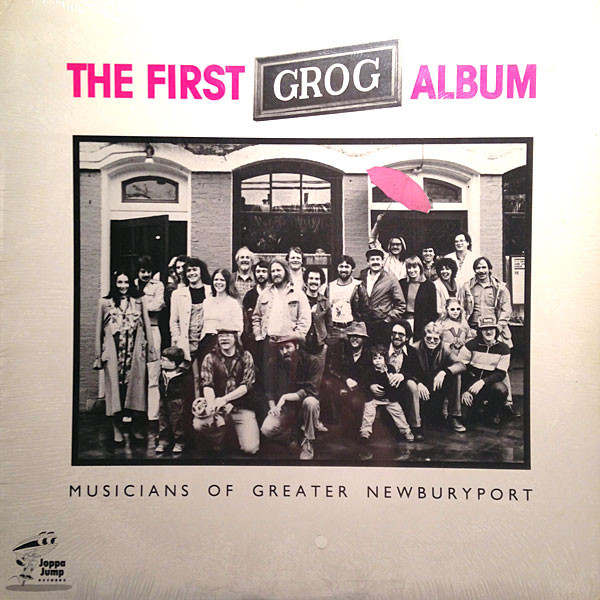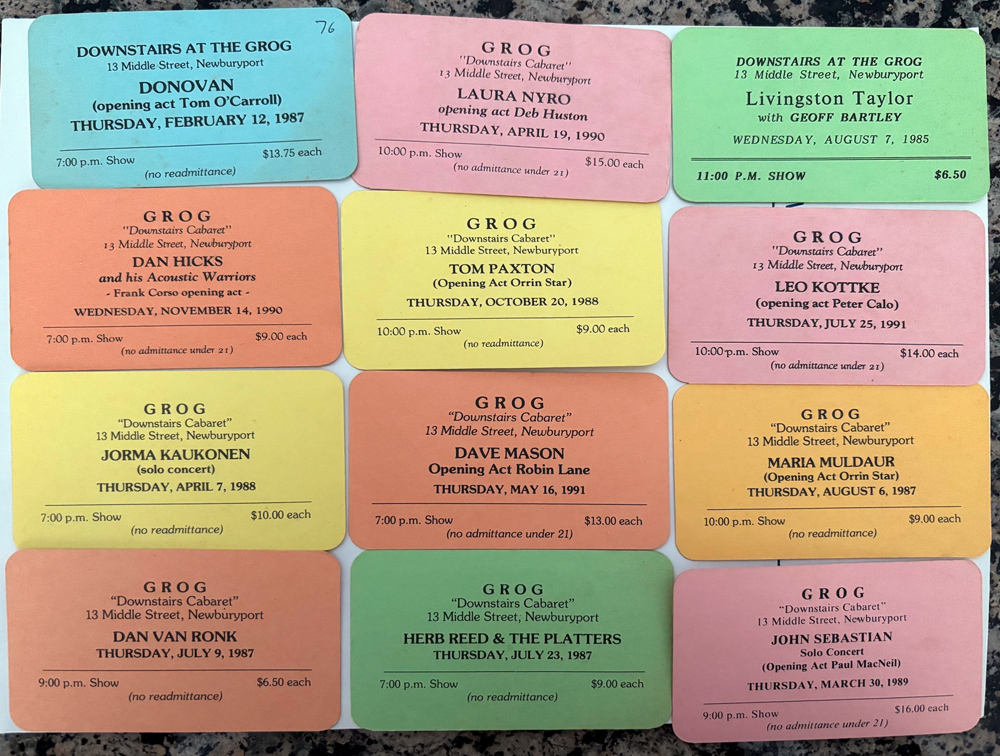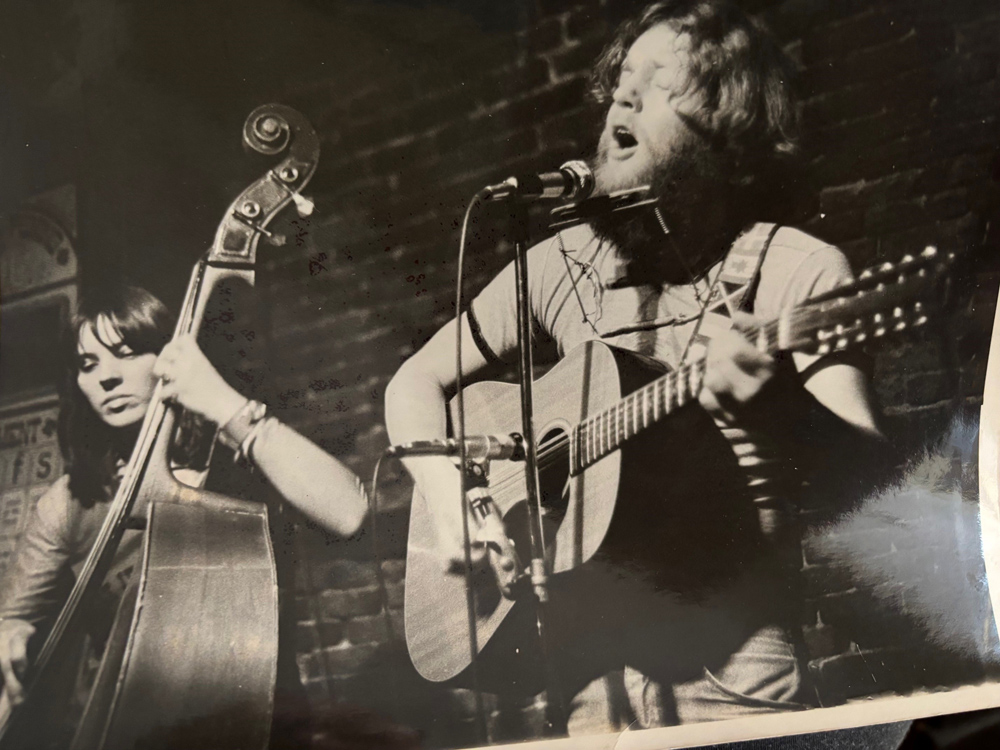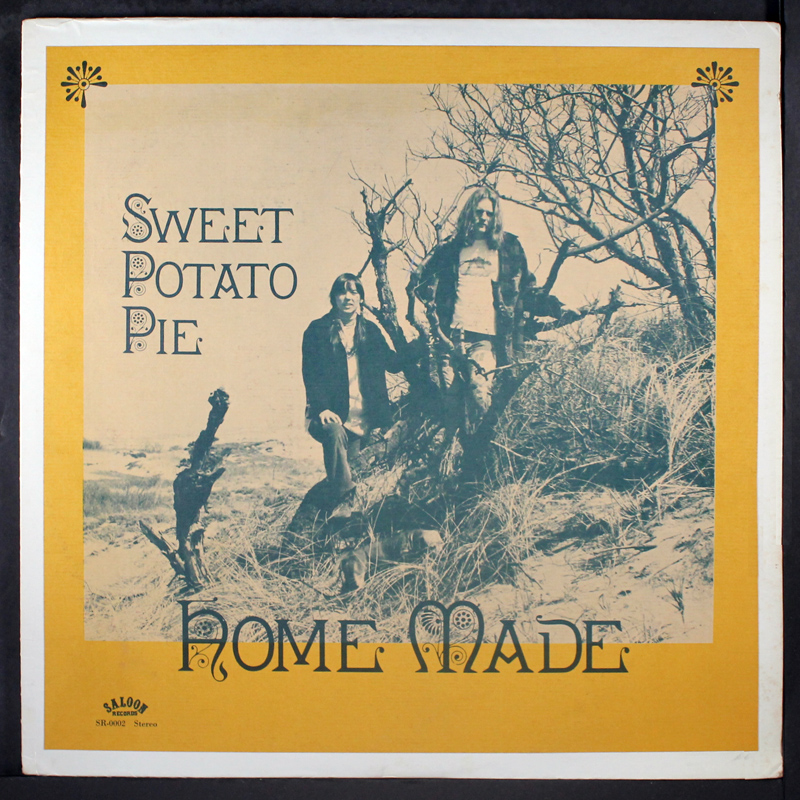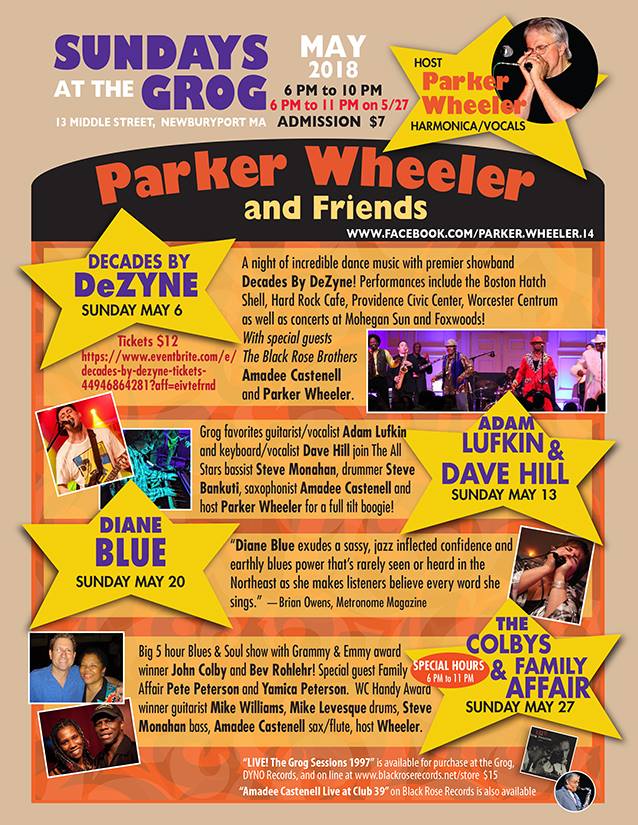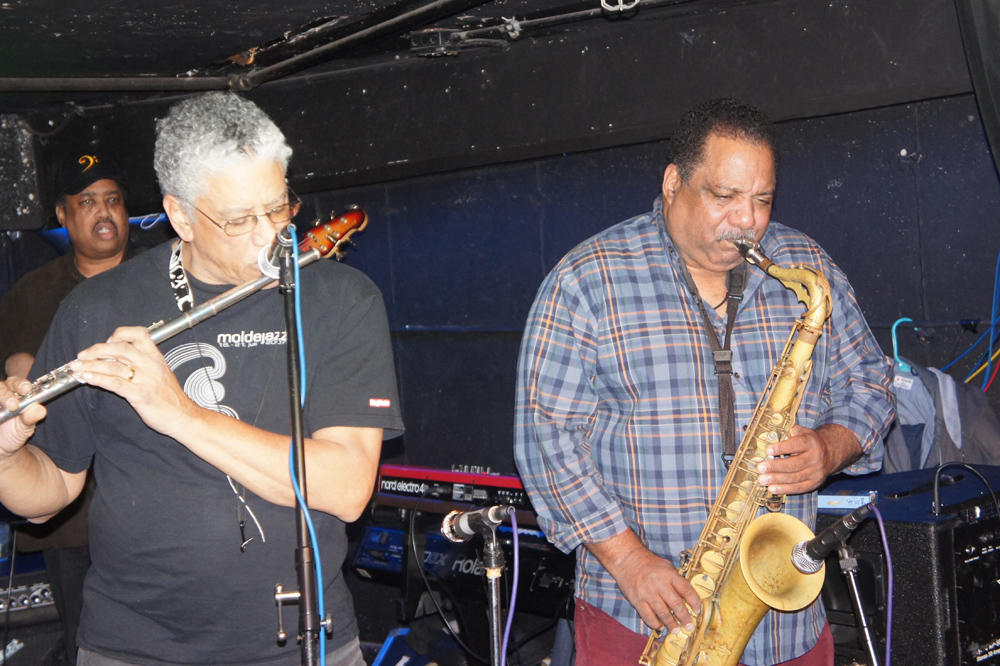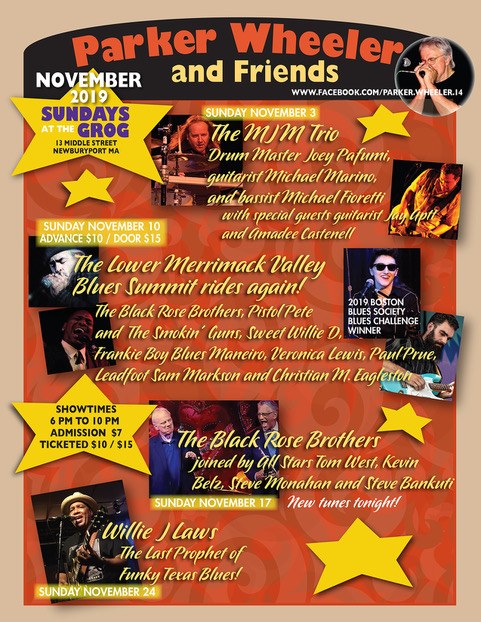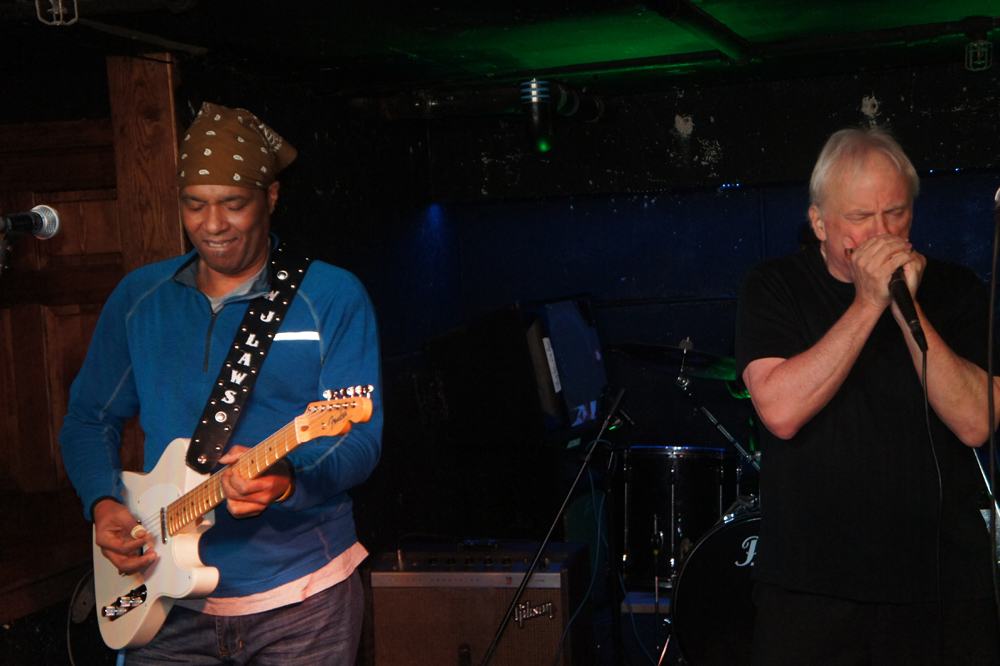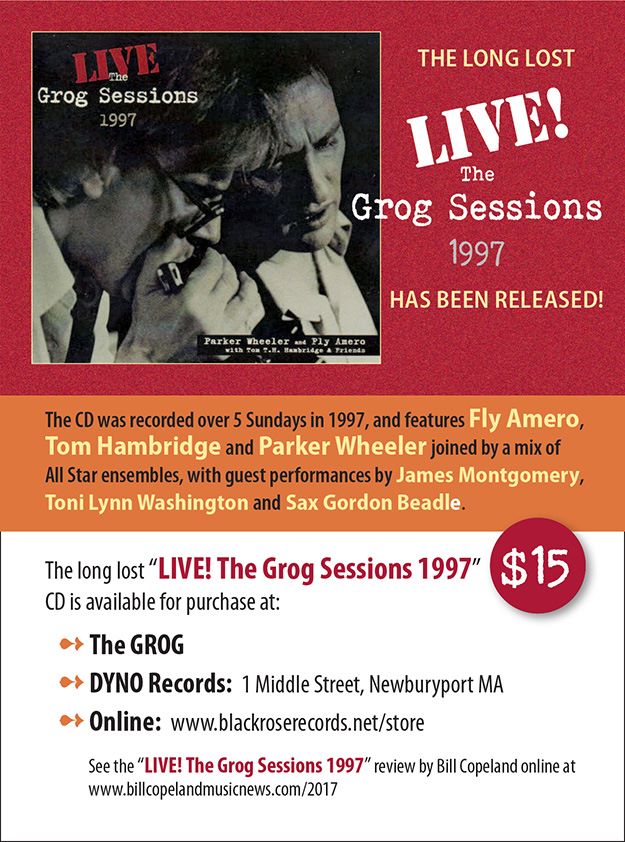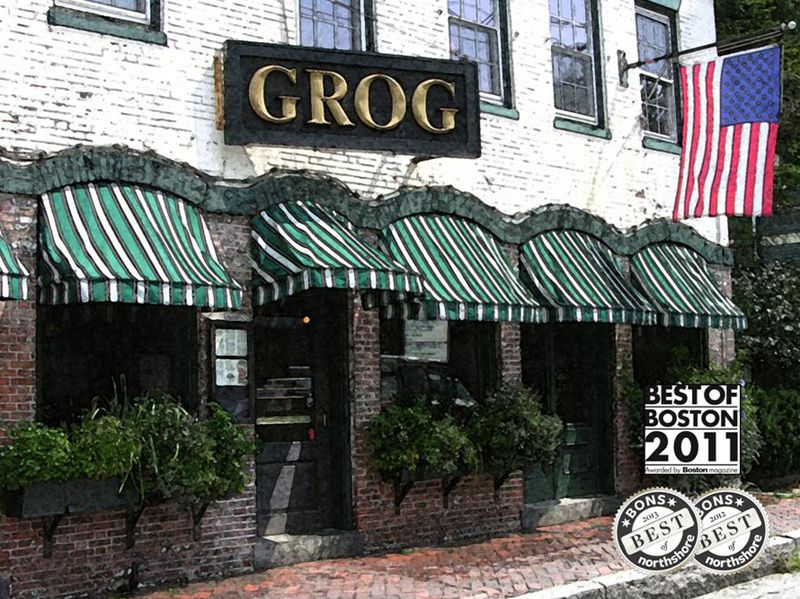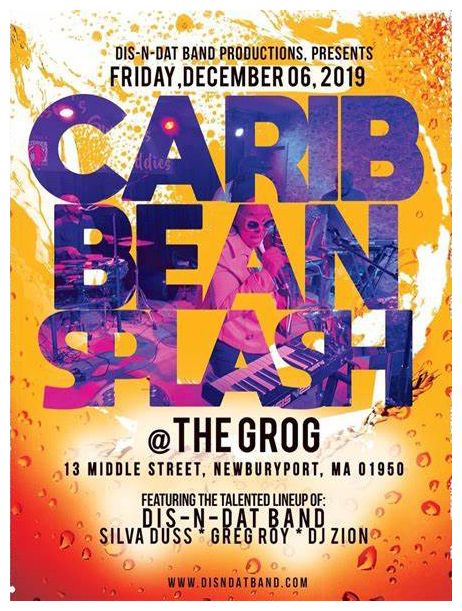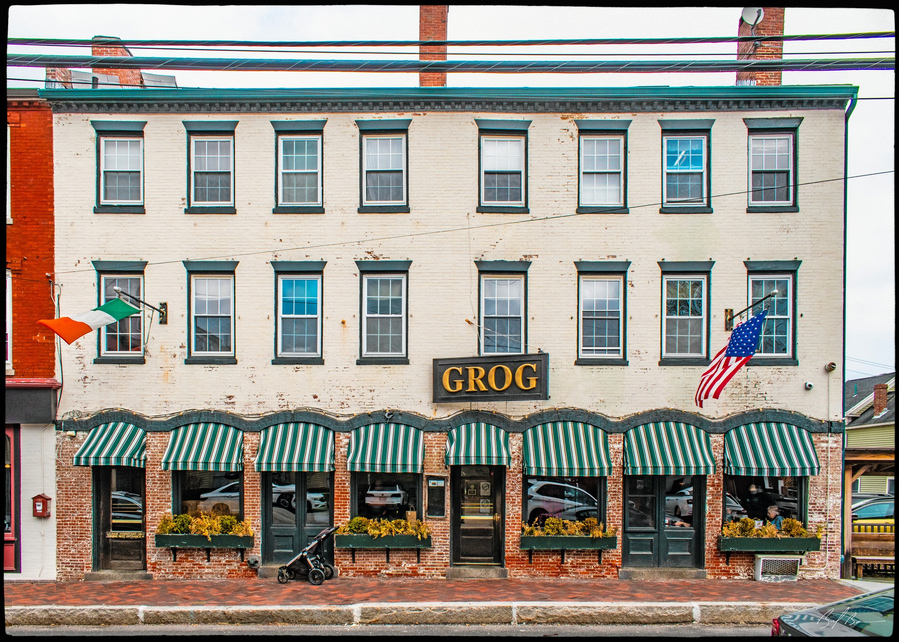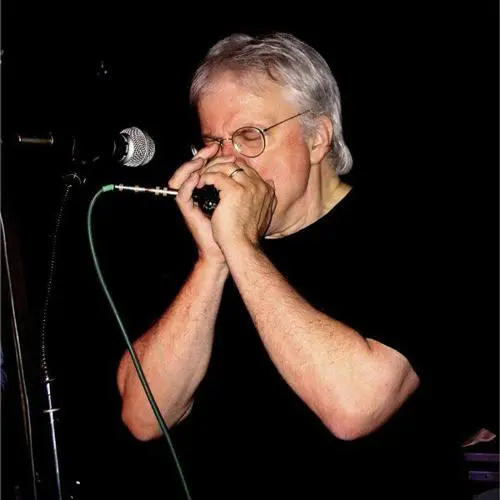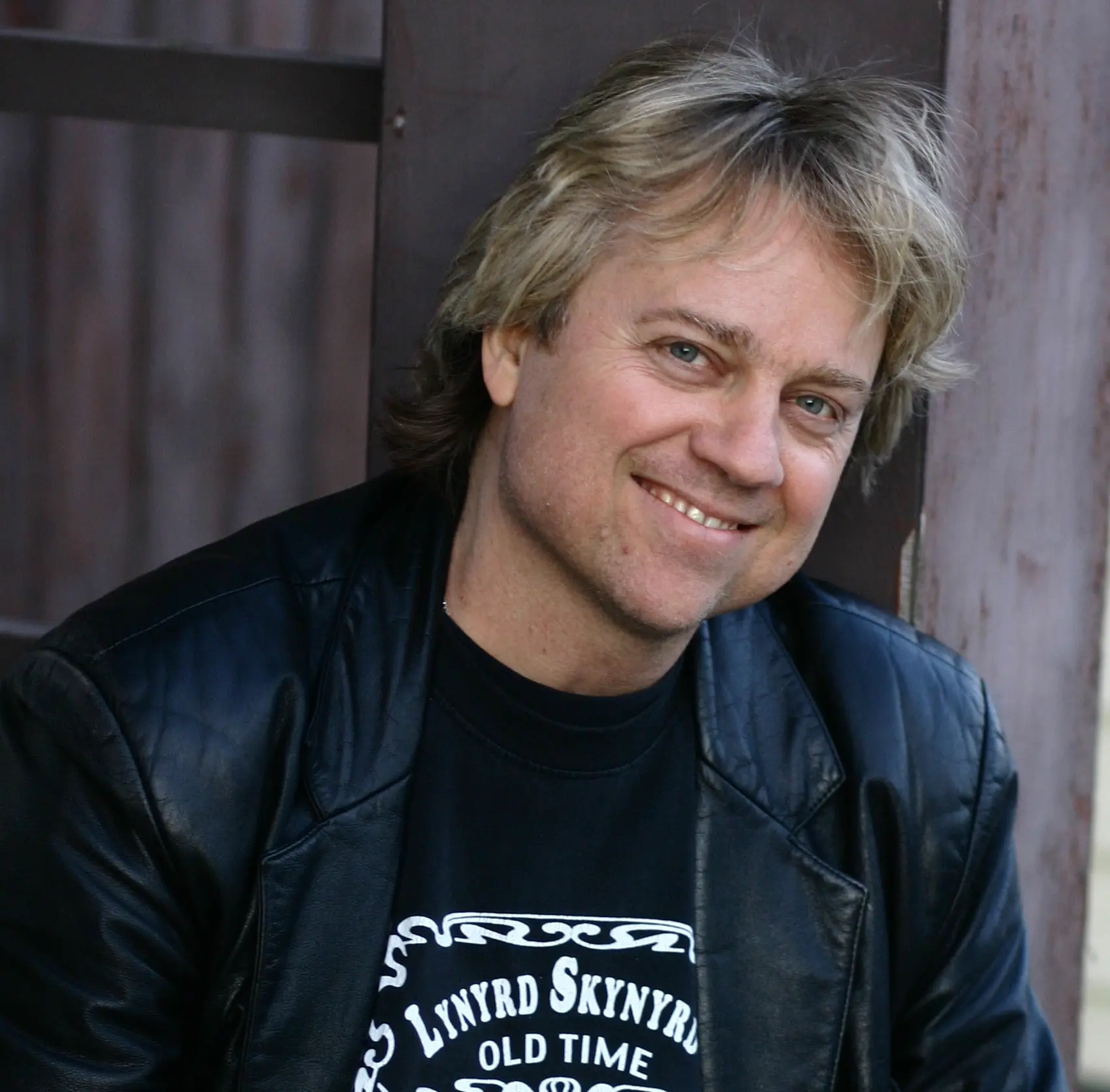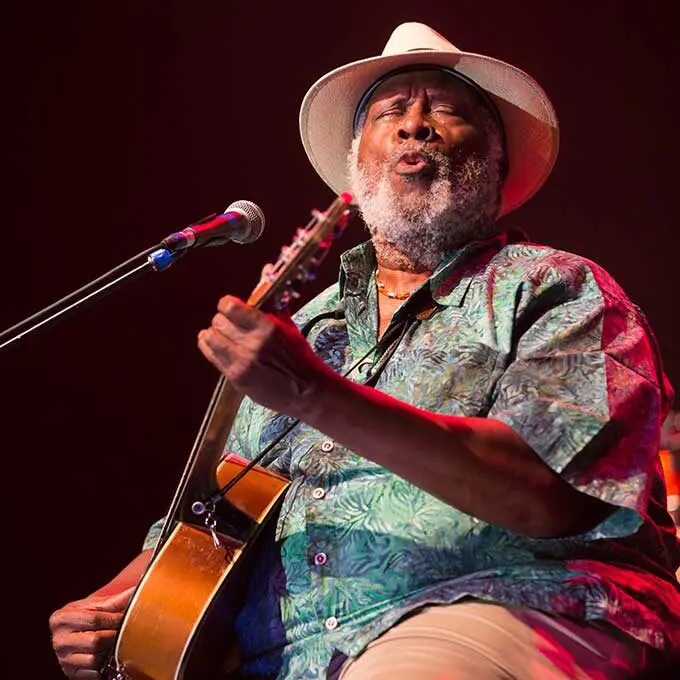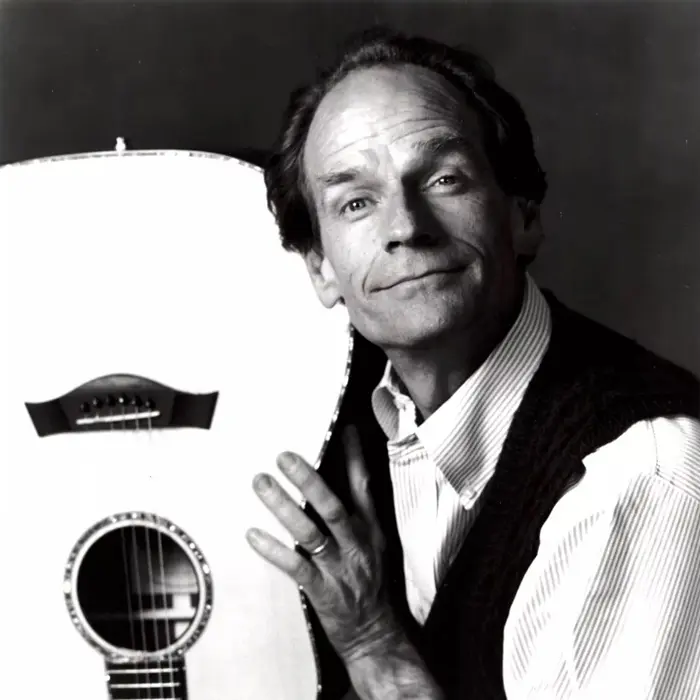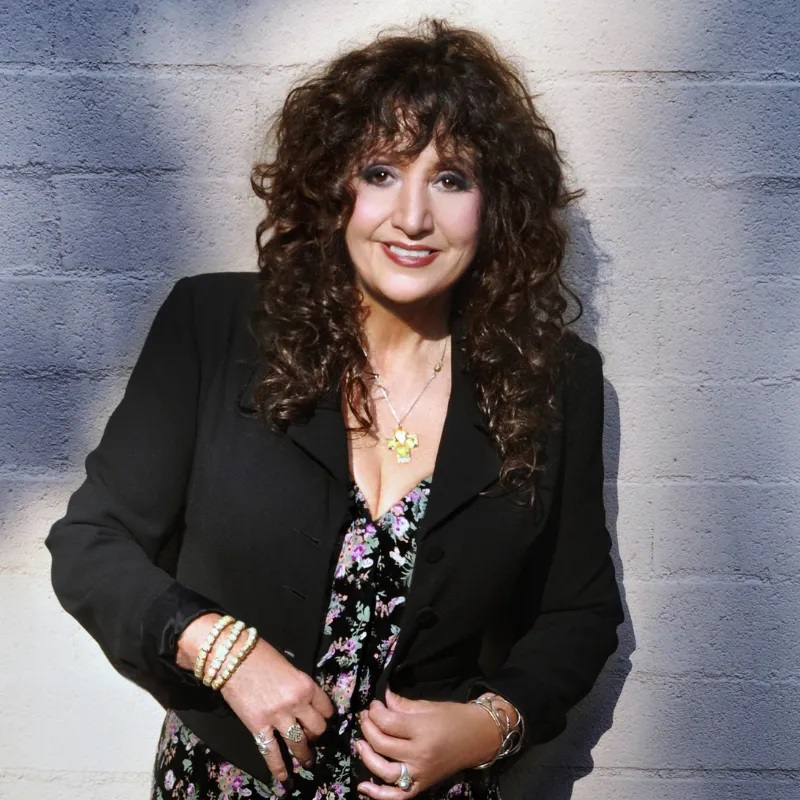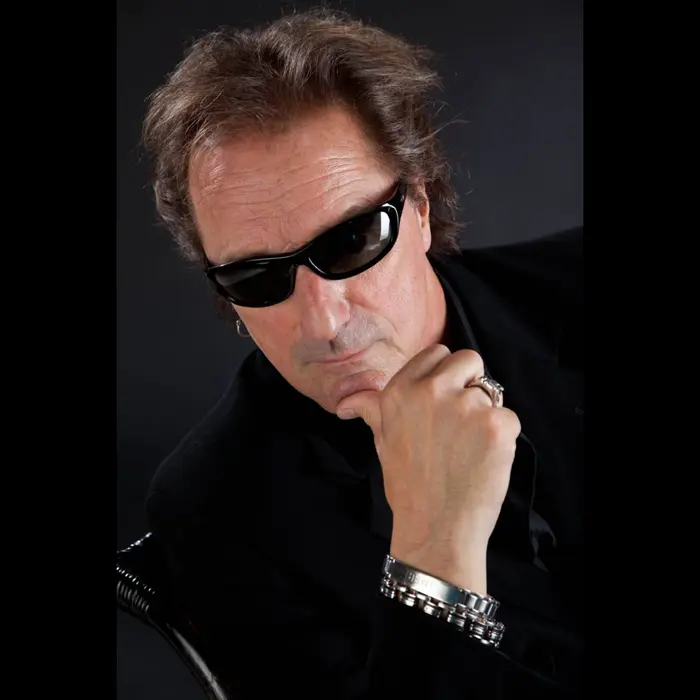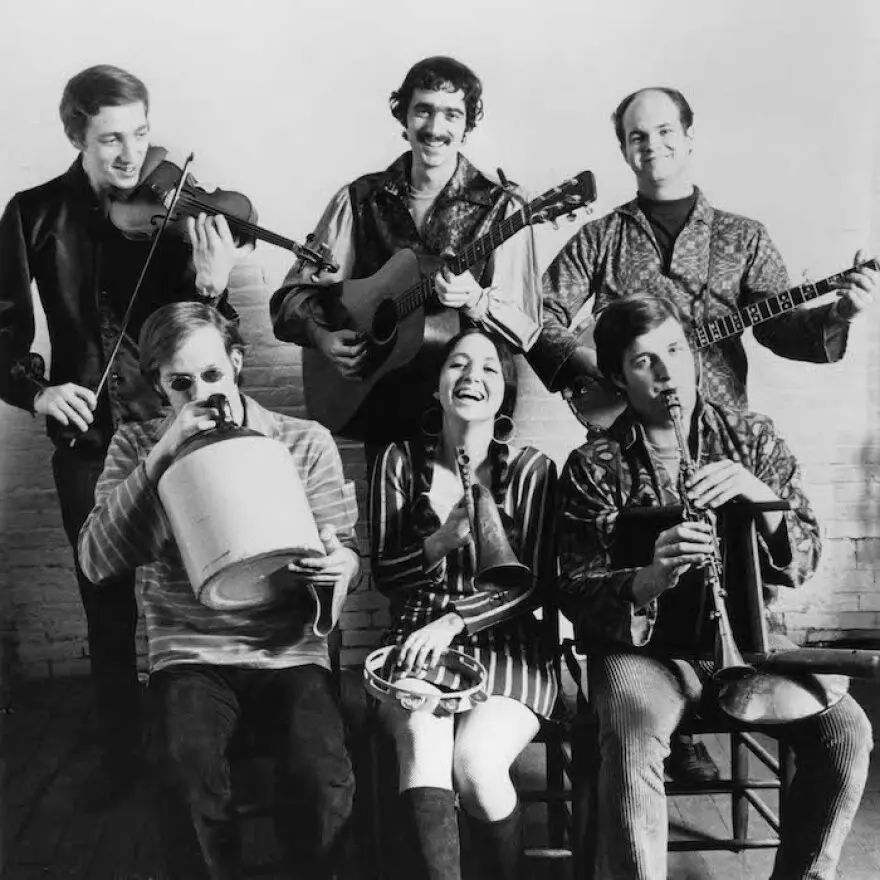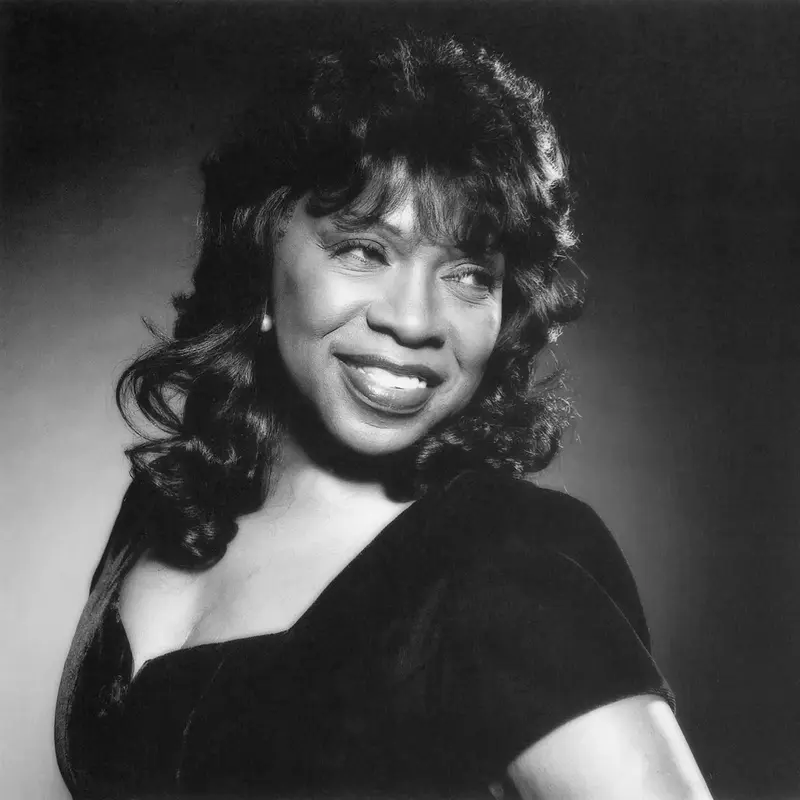The Grog
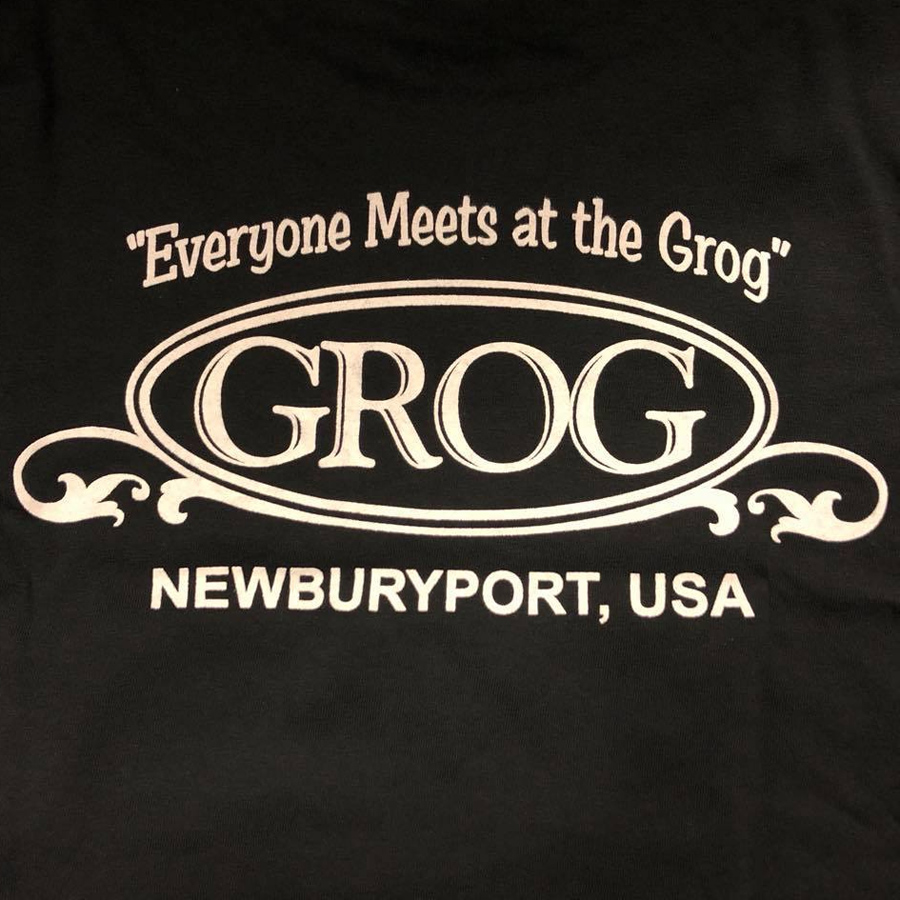
In the not-so-distant past, Newburyport, Massachusetts pulsated with the energy of a dynamic music scene and The Grog was the cornerstone. Opened in 1971 just off the city’s main drag, State Street, the venue’s basement-level space, Downstairs at The Grog, was renowned across the region for presenting a diverse array of artists and ensembles, from those playing blues and rock to those playing jazz and folk. The intimate, low-lit setting created an atmosphere cherished by musicians and patrons alike, making it a must-visit spot for music lovers in and around the small city and its significance to the local scene cannot be overstated.
“SUNDAY NIGHT BLUES PARTY,” “HOOT NIGHT,” NATIONAL ACTS
One of The Grog’s most celebrated traditions was its “Sunday Night Blues Party,” which started in 1990, was hosted by renowned blues harpist Parker Wheeler and became a staple for blues enthusiasts. Wheeler’s dedication provided a platform for local talent and drew acclaimed musicians from across New England and beyond, fostering a thriving musical community and ensuring that people could listen to live music in the heart of Newburyport. Another key figure in The Grog’s musical legacy is Doug Johnson, who played a central role in establishing its reputation as a live-music venue for over two decades. A musician himself, he first performed at The Grog in 1971 with his duo Sweet Potato Pie following a summer of gigs on Martha’s Vineyard. After impressing The Grog’s owner enough to be hired, he relocated to the area and in 1973 began running “Hoot Night,” (meaning “hootenanny”) every Tuesday. Johnson ran the acoustic shows in an open-mic-style, starting with a few songs himself before introducing the roster of local performers, and they became an incubator for emerging talent.
During that time, musical events were held in The Grog’s main dining area on the ground floor, which was outfitted with a small stage, a couple of microphones, and minimal lighting. Johnson eventually began booking live music six nights a week, with only Mondays left dark. Despite Newburyport being a shadow of its future self in the early 1970s – with boarded-up buildings and few signs of its massive late-‘70s urban renewal – the shows attracted people across the socioeconomic spectrum, from carpenters, bricklayers and fishermen to doctors, lawyers and artists. As its popularity grew, so did the number of noise complaints from neighbors, resulting in owner Richard Simpkins expanding the property in the early ‘80s by purchasing the adjacent building and digging out the basement to create a dedicated music room. Downstairs at The Grog opened in ’82, equipped with professional lighting, sound and a substantial stage, and Johnson began booking acts five to seven nights a week.
In an effort to boost attendance, Johnson brought in national touring artists on Thursdays, a night when many were looking for a stopover gig between bigger ones on Friday or Saturday in Boston or Portland, Maine. Among the well-known artists who took the stage were Donovan, Laura Nyro, Taj Mahal, Dave Mason, Livingston Taylor, John Sebastian, Doc Watson, Melanie, Maria Muldaur, Dave Van Ronk, James Montgomery, John Hartford, Bobby Keyes, Tom Hambridge, Leo Kottke, Jim Kweskin, Tom Paxton, Dan Hicks, Toni Lynn Washington and Herb Reed & The Platters. Johnson worked as The Grog’s booker for almost 25 years while also bartending, but management changes led to a decline in music programming, he says, and he was phased out in 1997.
THE FIRST GROG ALBUM, ECLECTIC ROSTER, NOTABLE BLUES ACTS
In 1982, The Grog further cemented its role on the regional scene by releasing The First Grog Album, a compilation featuring musicians from the Newburyport area that showed the venue’s commitment to promoting local talent by providing artists with much-needed exposure. The venue continued this spirit by maintaining an eclectic booking policy, welcoming both emerging acts and seasoned performers, and its booking choices ensured that every night was a chance to experience something new. In addition to the “Sunday Night Blues Party,” jazz artists gave the lineup a sophisticated flair, folk acts brought storytelling, rock ones provided high energy, singer-songwriters performed deeply personal originals, cover bands helped the audience relive the classics and open-mic nights fostered broader community engagement.
Blues was always a mainstay at The Grog, with renowned artists such as Diane Blue, Cheryl Arena, and Chris “Stovall” Brown delivering powerhouse performances. Bluesman and author Charlie Sawyer added depth to the venue’s blues repertoire, while Delta Blues aficionados Peter Chase and Paul Prue brought the raw, authentic sound of the genre to the space. Other notable acts included Wendell Jenkins and Ricky “King” Russell.
COVID CLOSING, BYFIELD COMMUNITY ARTS CENTER, LEGACY
Despite its storied past, The Grog’s live music programming came to a halt due to the COVID-19 pandemic. Government-mandated public health restrictions in 2020 led to the suspension of live performances and, despite the easing of restrictions in 2022, the venue hasn’t yet reinstated any musical events. According to its official website, music remains “on pause until further notice,” with no clear explanation for the continued hiatus. The absence of music at The Grog has left a noticeable void in the local scene, but the spirit of its “Sunday Night Blues Party” has found a new home at the Byfield Community Arts Center (BCAC) in the village of Byfield (about six miles from Newburyport), where Wheeler and his band, The All Stars, are preserving the essence of what made The Grog such a beloved venue. By welcoming the Blues Party, the BCAC is not only keeping an important tradition alive but also expanding its regional role as a vital space for live performances.
Although live music at The Grog remains on pause, its impact on Newburyport’s and the broader region’s music scene endures. The venue’s commitment to diverse programming, support of local and touring artists and the presence of local legend Parker Wheeler have left an indelible mark on the community and the echoes of its rich history continue to resonate through the musicians and fans who keep its spirit alive.
(by Karl Sharicz)

